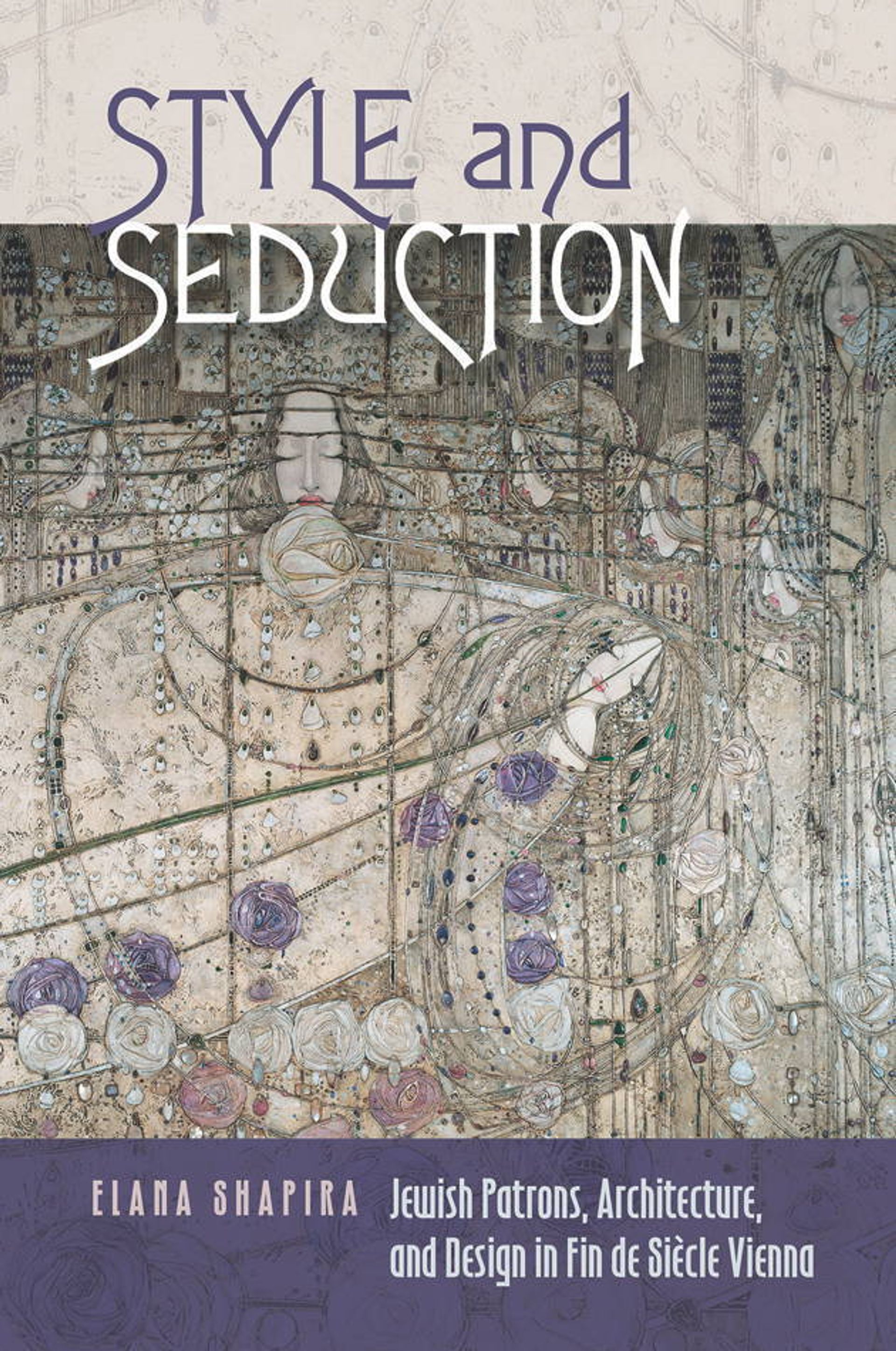Not least because of the manner in which some of the 20th century’s most notorious anti-Semites made the link, the relationship between Jewish identity and the art and architecture of Modernism has long been a thorny topic. More than 20 years ago, Stephen Beller advanced the controversial thesis that Jewish agency in the advent of Modernism was so profound that the latter could only be made sense of as a project largely determined by the former. However, Ernst Gombrich’s subsequent assertion that there was no such thing as “Jewish culture” reflected a widespread nervousness about being seen to project the negative, homogenising gaze of National Socialism onto the rich variety of lives, activities, projects and perspectives that constituted the Jewish presence in modern European society.
Elana Shapira steps boldly into this minefield with Style and Seduction, a wide-ranging, thoughtful study of bourgeois Jews as patrons of architecture and design in late-19th and early-20th century Vienna. Drawing a firm distinction between “Jewishness” as a set of characteristics ascribed by anti-Semites on the one hand and “Jewish self-identification” as processes of exploring and asserting one’s own ethnic, religious and cultural subjectivity on the other, she explores how Jewish patrons worked out their relationships both to Jewish and to gentile culture during the period in which Vienna evolved into a modern city.
In successive case studies of architectural historicism, secessionism, modernism and the avant-garde, Shapira demonstrates how individuals ranging from industrialists and merchants to publishers and writers used their commissioning practices as an opportunity to assert both belonging and difference.
The palaces commissioned by Eduard von Todesco and Gustav von Epstein on the city’s Ringstrasse, for example, are taken to show how Jewish patrons of this generation asserted a Hellenic identity that was at once recognisably Jewish and part of a shared European inheritance. In their greater concern for eastern Jewish motifs the authors of the Secession House, by contrast, embraced a more overtly “different” oriental idiom, while still contributing to a conversation about architecture and design that cut across the Jewish-gentile divide.
Subsequent actors toyed with the fluid gender identities and sexual mores that fascinated Jewish and gentile commentators alike, and used architecture to assert cosmopolitan arguments against the increasingly strident voices of conservative reaction. While the growing presence of anti-Semitism in Viennese political culture provided an increasingly ugly context, the commissioning, co-designing, displaying and sharing of a range of buildings, images and objects provided Jews with important tools of self-articulation and communication with their gentile interlocutors. The author draws on a wide range of sources, ranging from the material to the visual and the literary: bold and influential architectural exteriors, intimate interior spaces, historicising sculptures and paintings, and Modernist objects of everyday utility. Shapira’s work is methodologically subtle and her argument, though sometimes a little given to conjecture on specific points, largely persuasive. What is perhaps most important, however, is that she maps the possibility of thinking about Jewish agency in the arts (or indeed in any other domain) while avoiding the temptation to essentialise Jewish identity, to homogenise Jewish attitudes, or to represent “the Jew” as a total personality whose positions are governed entirely by the fact of their Jewishness. Instead, she demonstrates how patrons were thinking through their Jewishness at the same time as they were positioning themselves in terms of class, gender and sexual identity, and were doing so at a time when all of these were topoi of substantial dispute. She thus demonstrates that Gombrich’s concerns, while hardly unfounded, need not be an insurmountable barrier to exploring Jewish agency in the world of culture.
She does so, moreover, while demonstrating that the successive aesthetic styles under discussion never produced a moment of settled or agreed Jewish bourgeois identity. Arguments over architectural style remained precisely that, and patrons’ explorations of their Jewishness always remained explorations too. Art and architecture were discursive fields in which Jewish patrons argued with each other and with their gentile interlocutors over the possibilities of an inclusive political culture, boldly asserting both their right to self-determination as Jews and their progressive commitment to a bourgeois vision of the civic good as they did.
• Neil Gregor is the professor of modern European history at the University of Southampton

Style and Seduction: Jewish Patrons, Architecture and Design in Fin de Siècle Vienna
Elana Shapira
Brandeis University Press, 336pp,
$40 (pb), $85 (hb), $34.99 (ebook)

